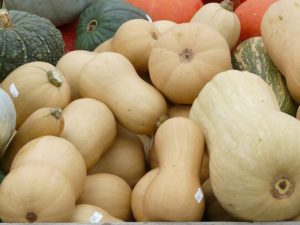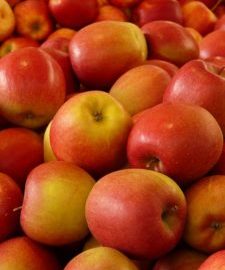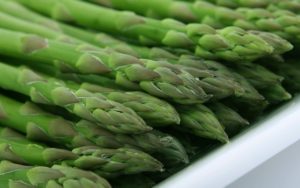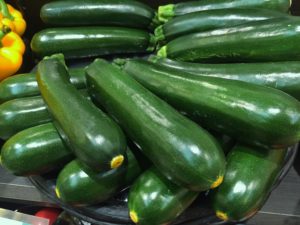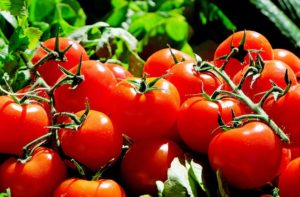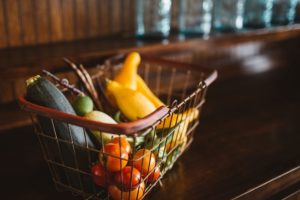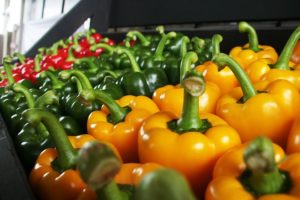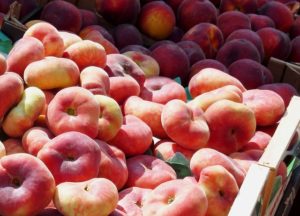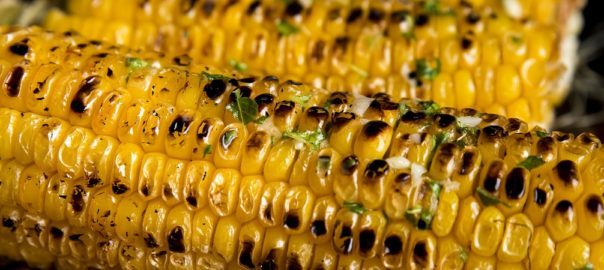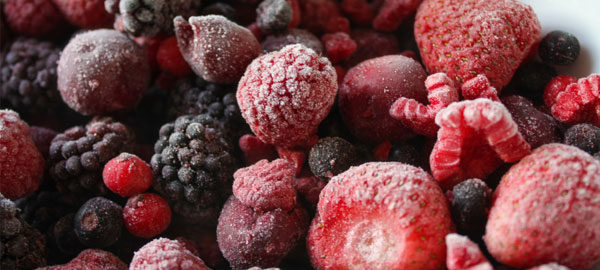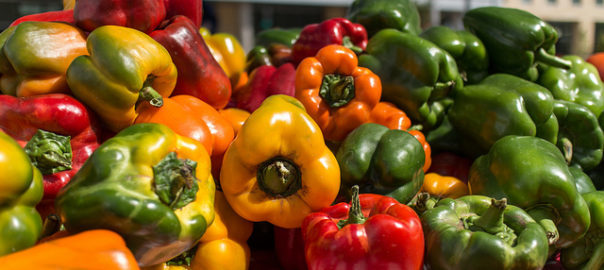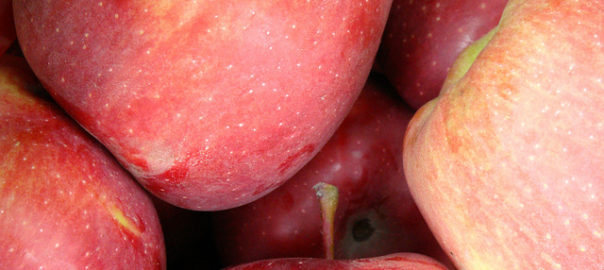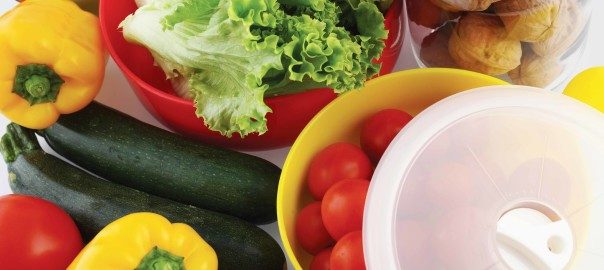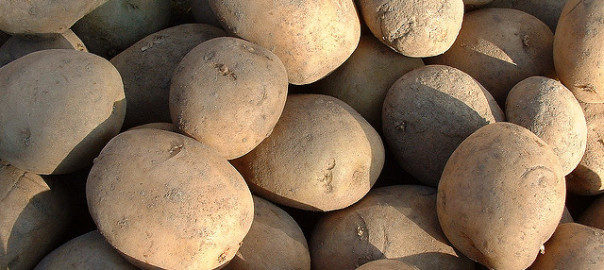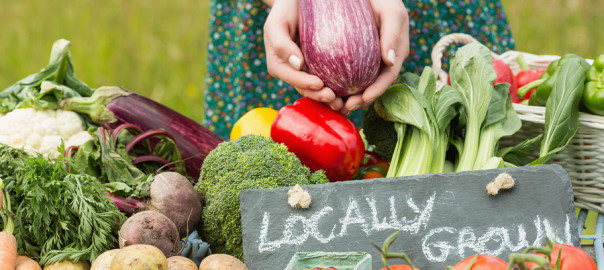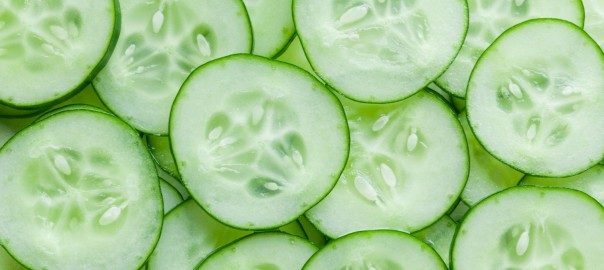New York’s recent summer-like weather may have hidden the change in seasons, but the selections at farmers’ markets across the state make it clear that autumn is here. Stalls are laden with apples, jugs of cider, dried corn stalks, and the dark greens, pale yellows, creams, and oranges of winter squash. Though technically fruit but referred to as vegetables, they are versatile, high-fiber, low-calorie options that add a fresh touch to any fall comfort meal and, if stored properly, last for months.
Here are a few of the most popular varieties:
Acorn squash are round, generally small, and have thick dark green and orange skin. Its flesh is orange-yellow and has a slightly nutty taste. Look for specimens with firm skins free of soft spots or blemishes. Store in a cool, dark place for up to a month. It can be baked, roasted, steamed, sautéed, and even cooked in the microwave.
Buttercup squash is squat and round. Its rind is dark green and marked by green-gray markings; there is a round ridge on its bottom. Many say that its bright orange flesh is the sweetest of any of the winter squashes, though it can be dry so it’s best to steam or bake it. Choose a squash that’s heavy for its size, with even coloring. Avoid squashes with blemishes, soft spots, or dull skin. While buttercup doesn’t store as well as some squashes — no more than one month stored in a cool, dry spot, once cooked, it freezes well for use throughout the winter months.
Butternut squash is shaped like a pear. Its exterior is smooth with cream-colored skin. Slice it open and there’s a deep orange flesh; seeds are found only in the ‘bell’ of the squash, with the ‘neck’ all flesh. It has a light, sweet flavor. Look for a squash that is heavy for its size; the skin should be firm and free of bruises, brown spots, or cuts. If stored correctly, butternut can be stored for months. This is a squash for almost any use — baking, roasting, and in cube for sautéing. Mash it for a puree and make a great soup!
Spaghetti squash is a great low-carb alternative to pasta. When cooked, the moist flesh develops strands that resemble spaghetti, with a light flavor that lacks sweetness and a tender, chewy texture. Roast or steam the squash, scrape out the strands, mix with your favorite tomato sauce and eat like pasta. Look for a cylindrical shape with a firm exterior that ranges in color from pale cream to bright yellow. Can be stored for up to one month.
Here’s a salad recipe that uses winter squash from delish.com;
Ginger-roasted Winter Squash Salad
INGREDIENTS
½ c. water
¼ c. sugar
½ c. red wine vinegar
1 stick cinnamon
¼ c. dried currants
2½ lb. thick-fleshed acorn squash
1 tbsp. extra-virgin olive oil
coarse sea salt, ground pepper
1 piece fresh ginger
2 tbsp. Crème fraîche
DIRECTIONS
Preheat the oven to 325 degrees F. In a small saucepan, combine the water with the sugar, vinegar, and cinnamon, and simmer for 5 minutes, stirring until the sugar dissolves. Add the currants and simmer for 3 minutes, then remove from the heat.
Meanwhile, line a baking sheet with aluminum foil. Rub the squash with the olive oil and season with salt and pepper. Using a fine grater, grate the ginger over the cut sides of the squash and rub it into the flesh.
Transfer the squash to the prepared baking sheet, cut side down, and roast for about 15 minutes, until the squash starts to soften. Turn the squash cut side up and roast for about 17 minutes longer, until tender; transfer to a work surface and let cool slightly.
Increase the oven temperature to 425 degrees F. Cut the squash into 1 1/2-inch-thick wedges. Lightly rub the foil with oil and arrange the squash on the baking sheet; roast for about 25 minutes, turning once halfway through, until golden and crisp along the edges.
Arrange the squash on a platter with mixed greens. Discard the cinnamon stick from the currants and add the currants to the squash. Drizzle with the pickling liquid and crème fraîche, and serve.
Photo Credit: Hans Via Pixabay
